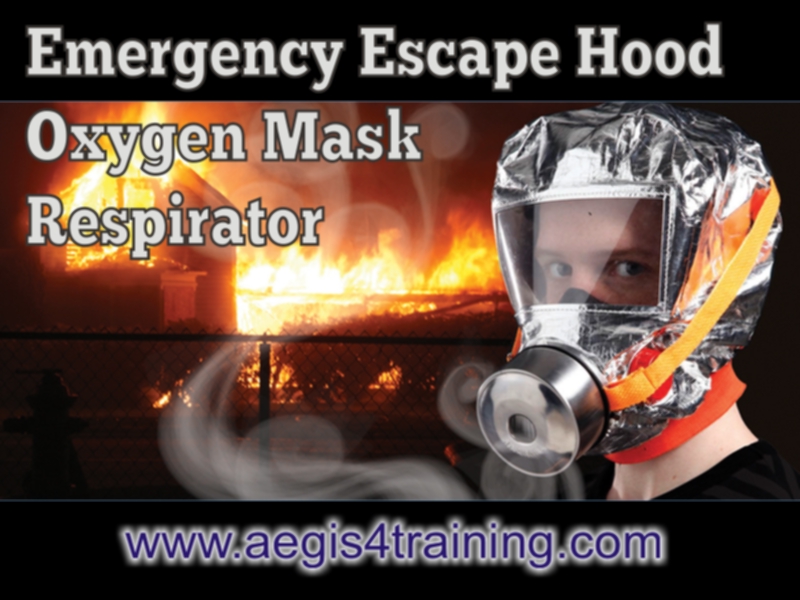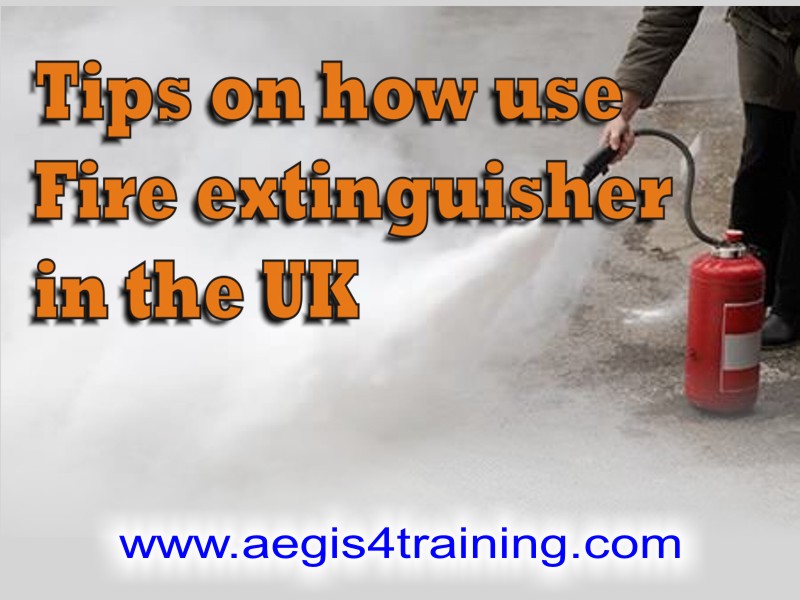
many different types of fire extinguishers, all of them operate in a similar manner.
How to use Water Extinguishers
Water fire extinguishers are appropriate for use on class A fires involving solid combustible materials such
as wood, paper and textiles. Each fire should tackled differently depending on how the fire is spreading.
Before attempting to tackle a fire with an extinguishers you need to make sure that the extinguisher is
1. make sure that the extinguisher is fully charged by ensuring the pressure gauge is in the green
area and that the safety pin is not bent
2. Check that there is no live electrical equipment in the area
3. Ensure you remain a safe distance from the fire and remove the safety pin this will break the tamper
4. Where to aim the fire extinguisher hose:
o Fires spreading horizontally:Â Aim the hose at the base of the fire, moving the jet across the area of
o Fire spreading vertically:Â Aim the hose at the base of the fire, slowly moving the jet upwards following
the direction of the fire
5. Squeeze the lever slowly to begin discharging the extinguisher, as the fire starts to diminish carefully
move closer to it
6. Ensure all the fire has been extinguished, try to focus on any hot spots that may re-ignite
How to use Foam Extinguishers
Foam fire extinguishers are suitable for use on class A and class B fires but should be used differently
depending on which type of fire they are being used on.
Before attempting to tackle a fire with an extinguishers you need to make sure that the extinguisher is
1. Check that the extinguisher is fully charged by ensuring the presure gaugue is in the green area and
that the safety pin is not bent
2. Ensure you remain a safe distance from the fire and remove the safety pin (Fig.3) this will break the
3. Where to aim the fire extinguisher hose:
o Flammable liquids: Aim the hose at a vertical surface near the fire, do not spray directly at the fire as
this could cause the fire to be pushed and spread to surrounding areas. Foam extinguishers allow a
build up of foam across the surface of the fire causing it to be smothered.
o Electrical fires:Â If your foam extinguisher is tested to 35000 Volt (35kV) you can use the extinguishers
on live electrical fires. However, keep a safety distance of 1m.
o Solid combustibles:Â Aim the hose at the base of the fire, moving across the area of the fire
4. Squeeze the lever slowly to begin discharging the extinguisher, as the fire starts to diminish carefully
move closer to it
5. Ensure all of the fire has been extinguished; the foam creates a blanket over the fire and helps to
prevent re-ignition.
How to use CO2 Extinguishers
CO2 fire extinguishers are suitable for use on class B and electrical fires but should be used differently
depending on which type of fire they are being used on.
VISIT OUR OFFICIAL SITE!


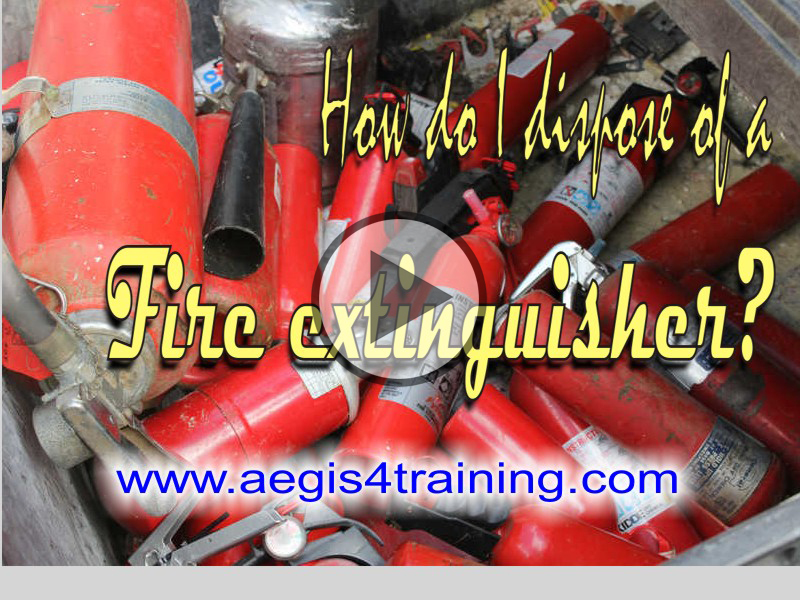
 Fire extinguishers are an essential element of fire protection and to ensure that the correct type
Fire extinguishers are an essential element of fire protection and to ensure that the correct type Whatever kind of business you have, there is always the risk of an accident or damage to
Whatever kind of business you have, there is always the risk of an accident or damage to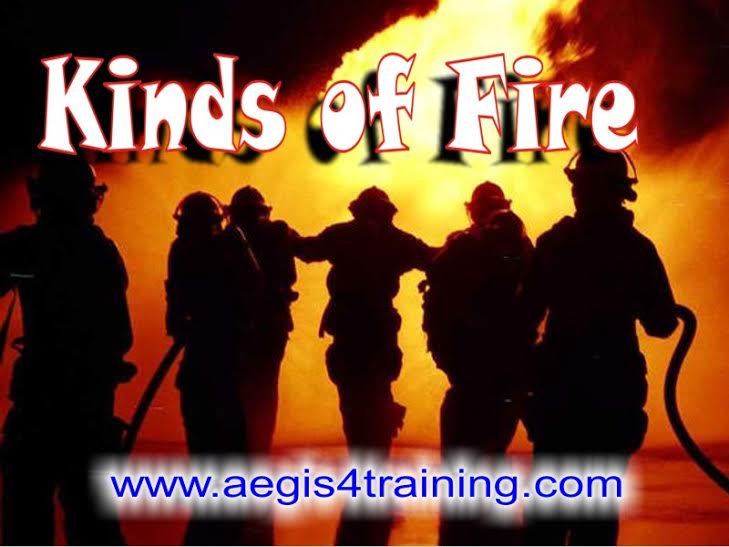
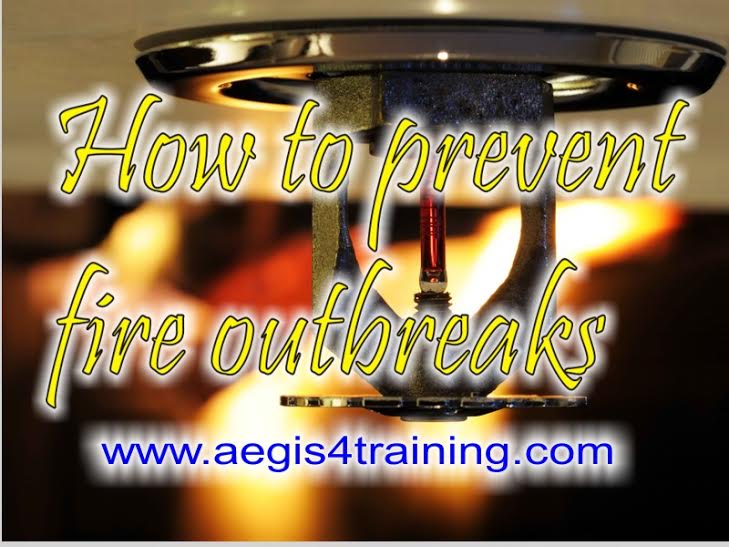 Fire
Fire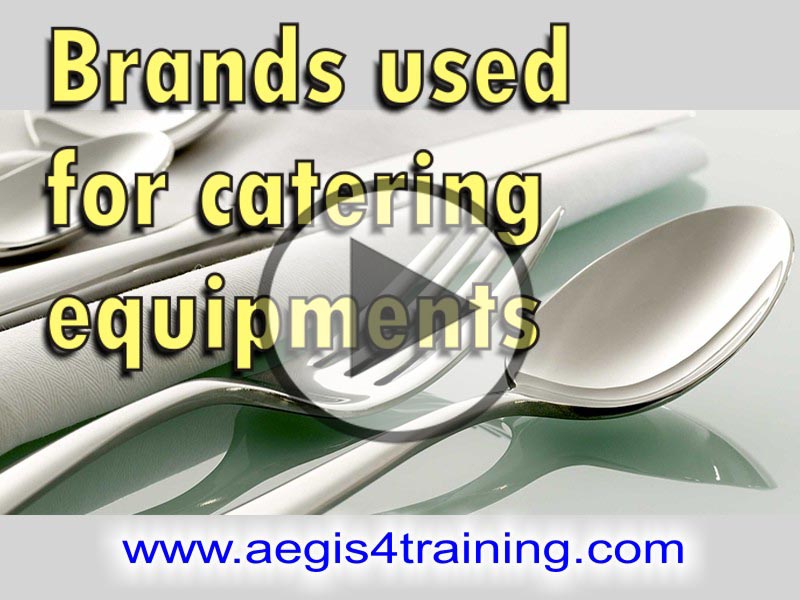 Reputable restaurants and food centers use
Reputable restaurants and food centers use 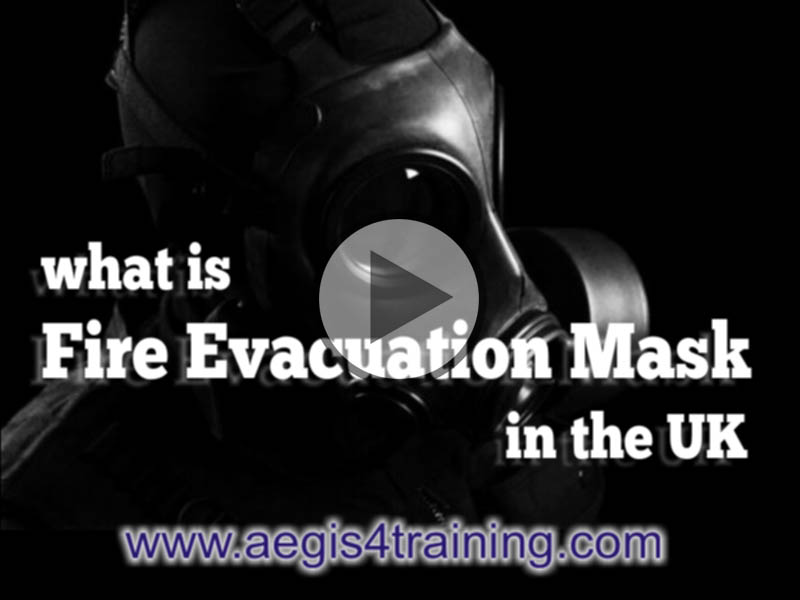 The
The 